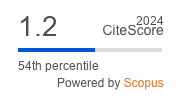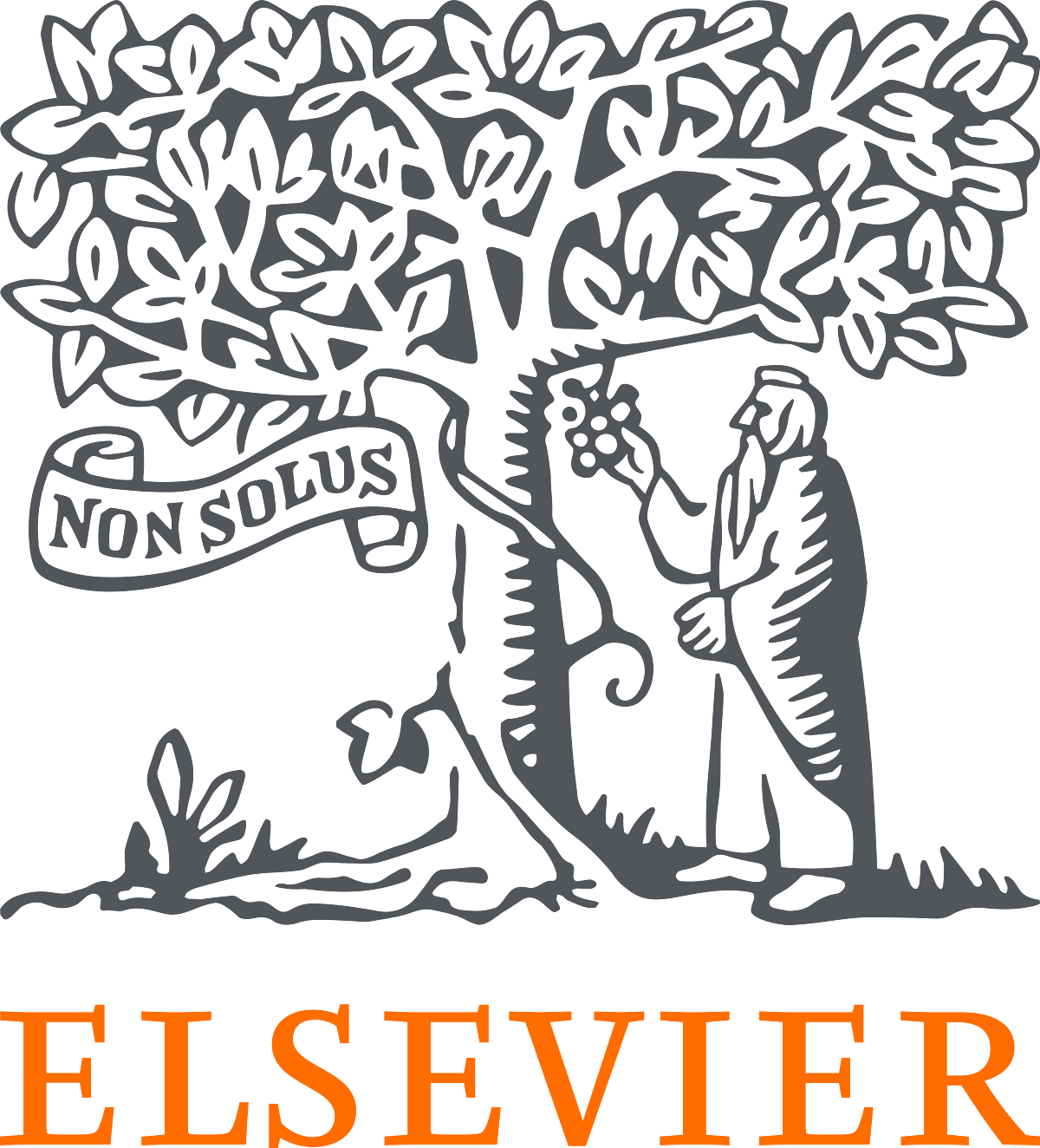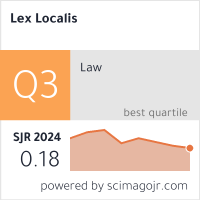A Comparative Study on the Psychological Audience Acceptance of Young People through Local Government Public Management Combined with Media: An Exploration from a Cross-cultural Perspective
DOI:
https://doi.org/10.52152/23.1.186-209(2025)Keywords:
Psychological audience acceptance, Government initiatives, Media influence, Cultural adaption, Media consumption.Abstract
Quick developments in media technology have had a profound impact on the way information is shared, affecting both individual and societal views. Simultaneously, local governments have been using more and more media outlets to interact with their younger populations to successfully convey messages, policies, and projects. This study explores the complex dynamics of young people’s psychological audience acceptance of local government activities in conjunction with media impact in a variety of cultural contexts. The study explores the depths of cognitive assimilation and emotional resonance as it looks at how young people view, understand, and react to government messages delivered through a variety of media outlets. The study uses a mixed-methods approach to investigate how well government initiatives, media engagement tactics, and cultural adaption shape psychological audience acceptability. The methods include surveys, interviews, and comparative analyses. Using SmartPLS software, this proposed study will look into the psychology of public acceptance of government policies and media influence among 200 media professionals. The goal of the research is to unravel the complex interactions among cognitive functions, affective states, and cultural factors that shape young people’s attitudes and behavioral patterns toward public messages. The results of this study will provide important new information for media engagement, policy formulation, and intercultural understanding. Potential findings of the study center on how differently young people from different cultural backgrounds see government activities that are disseminated through the media in terms of psychological audience acceptance.
References
Adnan, M., Ghazali, M., & Othman, N. Z. S. (2022). E-participation within the context of e-government initiatives: A comprehensive systematic review. Telematics and Informatics Reports, 8. doi:10.1016/j.teler.2022.100015
Agrawal, M., Kalia, P., Nema, P., Zia, A., Kaur, K., & John, H. B. (2023). Evaluating the influence of government initiatives and social platforms on green practices of Gen Z: The mediating role of environmental awareness and consciousness. Cleaner and Responsible Consumption, 8. doi:10.1016/j.clrc.2023.100109
Anderson, L. E. (1994). A new look at an old construct: Cross-cultural adaptation. International Journal of Intercultural Relations, 18(3), 293-328. doi:10.1016/0147-1767(94)90035-3
Andonopoulos, V., Lee, J. (Jiyeon), & Mathies, C. (2023). Authentic isn’t always best: When inauthentic social media influencers induce positive consumer purchase intention through inspiration. Journal of Retailing and Consumer Services, 75. doi:10.1016/j.jretconser.2023.103521
Andreoli, V., & Worchel, S. (1978). Effects of media, communicator, and message position on attitude change. Public Opinion Quarterly, 42(1), 59-70. doi:10.1086/268429
Annabring, U., & Spohrs, M. (2004). Reception and acceptance of constructive coverage by the audience: Design of an experimental study. Diskussionsbeiträge der Projektgruppe Friedensforschung Konstanz, 56, 1-10.
Avotra, A. A. R. N., Ye, C., Wu, Y., Zhang, L., & Nawaz, A. (2021). Conceptualizing the state of the Art of Corporate Social Responsibility (CSR) in green construction and its nexus to sustainable development. Frontiers in Environmental Science, 9. doi:10.3389/fenvs.2021.774822
Babakus, E., & Mangold, W. G. (1992). Adapting the SERVQUAL scale to hospital services: An empirical investigation. Health Services Research, 26(6), 767-786.
Biswas, A. (2016). Impact of social media usage factors on green choice behavior based on technology acceptance model. Journal of Advanced Management Science, 4(2), 92-97. doi:10.12720/joams.4.2.92-97
Bolden, R., Gulati, A., & Edwards, G. (2020). Mobilizing change in public services: Insights from a systems leadership development intervention. International Journal of Public Administration, 43(1), 26-36. doi:10.1080/01900692.2019.1604748
Dryden, W., & Still, A. (2006). Historical aspects of mindfulness and self-acceptance in psychotherapy. Journal of Rational - Emotive and Cognitive - Behavior Therapy, 24(1), 3-28. doi:10.1007/s10942-006-0026-1
Emerson, K., Nabatchi, T., & Balogh, S. (2012). An integrative framework for collaborative governance. Journal of Public Administration Research and Theory, 22(1), 1-29. doi:10.1093/jopart/mur011
Entman, R. M. (1989). How the media affect what people think: An information processing approach. The Journal of Politics, 51(2), 347-370. doi:10.2307/2131346
Fornell, C., & Larcker, D. F. (1981). Evaluating structural equation models with unobservable variables and measurement error. Journal of Marketing Research, 18(1), 39-50. doi:10.1177/002224378101800104
Hair Jr, J. F., Hult, G. T. M., Ringle, C. M., & Sarstedt, M. (2017). A Primer on Partial Least Squares Structural Equation Modeling (PLS-SEM). Los Angeles, CA: Sage.
Hair Jr, J. F., Sarstedt, M., Hopkins, L., & Kuppelwieser, V. G. (2014). Partial least squares structural equation modeling (PLS-SEM): An emerging tool in business research. European Business Review, 26(2), 106-121. doi:10.1108/EBR-10-2013-0128
Hendrickson, B., & Rosen, D. (2017). Insights into new media use by international students: Implications for cross-cultural adaptation theory. Social Networking, 6(2), 81-106. doi:10.4236/sn.2017.62006
Juliá, M. (2000). Student perceptions of culture : An integral part of social work practice. International Journal of Intercultural Relations, 24, 279-289. doi:10.1016/S0147-1767(99)00036-X
Koronios, K., Travlos, A., Douvis, J., & Papadopoulos, A. (2020). Sport, media and actual consumption behavior: An examination of spectator motives and constraints for sport media consumption. EuroMed Journal of Business, 15(2), 151-166. doi:10.1108/EMJB-10-2019-0130
Kostopoulos, C. (2020). Framing and power influences of the media: A multi-level political economy approach. In A. Karatzogianni (Ed.), Journalism and Austerity (Digital Activism and Society: Politics, Economy And Culture In Network Communication) (pp. 33-79). Leeds, UK: Emerald Publishing. doi:10.1108/978-1-83909-416-320201003
Lee, G., & Kwak, Y. H. (2012). An open government maturity model for social media-based public engagement. Government Information Quarterly, 29(4), 492-503. doi:10.1016/j.giq.2012.06.001
Lee, M., Kim, D., Williams, A. S., & Pedersen, P. M. (2016). Investigating the role of sports commentary: An analysis of media-consumption behavior and programmatic quality and satisfaction. Journal of Sports Media, 11(1), 145-167. doi:10.1353/jsm.2016.0001
Lim, C. H., Martin, T. G., & Kwak, D. H. (2016). Examining television consumers of mixed martial arts: The relationship among risk taking, emotion, attitude, and actual sport-media-consumption behavior. International Journal of Sport Communication, 3(1), 49-63. doi:10.1123/ijsc.3.1.49
Liu, Y., & Kan, B. (2020). Psychology and motivation of the audience under the intervention of convergence media. Revista Argentina de Clinica Psicologica, 29(1), 755-761. doi:10.24205/03276716.2020.102
Magro, M. J. (2012). A review of social media use in e-government. Administrative Sciences, 2(2), 148-161. doi:10.3390/admsci2020148
Masheb, R. M., & Grilo, C. M. (2001). Media influence and body image in 8-11-year-old boys and girls: A preliminary report on the multidimensional media influence scale. International Journal of Eating Disorders, 29(1), 37-44.
Masturah, T. F., Mariatin, E., Danta, E., & Ginting, J. (2018). The influence of change readiness on quality of communication and participation of employees in PT Bank Mandiri (Persero) Tbk, Medan. International Journal of Progressive Sciences and Technologies (IJPSAT), 8(1), 48-59.
Michael Hall, C. (2011). A typology of governance and its implications for tourism policy analysis. Journal of Sustainable Tourism, 19(4-5), 437-457. doi:10.1080/09669582.2011.570346
Nawaz, A., Chen, J., & Su, X. (2023). Factors in critical management practices for construction projects waste predictors to C&DW minimization and maximization. Journal of King Saud University-Science, 35(2). doi:10.1016/j.jksus.2022.102512
Pang, H. (2020). Is active social media involvement associated with cross-culture adaption and academic integration among boundary-crossing students?. International Journal of Intercultural Relations, 79, 71-81. doi:10.1016/j.ijintrel.2020.08.005
Peter, J. P., & Churchill, G. A. (1986). Relationships among research design choices and psychometric properties of rating scales: A meta-analysis. Journal of Marketing Research, 23(1). doi:10.1177/002224378602300101
Rubin, A. M. (1993). Audience activity and media use. Communication Monographs, 60(1), 98-105. doi:10.1080/03637759309376300
Sachdev, S. B., & Verma, H. V. (2004). Relative importance of service quality dimensions: A multisectoral study. Journal of Services Research, 4(1), 93-116.
Sandra Marcelline, T. R., Ye, C., Ralison Ny Avotra, A. A., Hussain, Z., Zonia, J. E., & Nawaz, A. (2022). Impact of green construction procurement on achieving sustainable economic growth influencing green logistic services management and innovation practices. Frontiers in Environmental Science, 9. doi:10.3389/fenvs.2021.815928
Sarstedt, M., Ringle, C. M., Smith, D., Reams, R., & Hair Jr, J. F. (2014). Partial least squares structural equation modeling (PLS-SEM): A useful tool for family business researchers. Journal of Family Business Strategy, 5(1), 105-115. doi:10.1016/j.jfbs.2014.01.002
Saxena, S., & Muhammad, I. (2018). The impact of open government data on accountability and transparency. Journal of Economic and Administrative Sciences, 34(3), 204-216. doi:10.1108/jeas-05-2017-0044
Tao, X., Gull, N., Iqbal, S., Asghar, M., Nawaz, A., Albasher, G., . . . Maqsoom, A. (2021). Exploring and validating the effects of mega projects on infrastructure development influencing sustainable environment and project management. Frontiers in Psychology, 12, 663199. doi:10.3389/fpsyg.2021.663199
Valaei, N., & Jiroudi, S. (2016). Job satisfaction and job performance in the media industry: A synergistic application of partial least squares path modelling. Asia Pacific Journal of Marketing and Logistics, 28(5), 984-1014.
Wakefield, K. (2016). Using fan passion to predict attendance, media consumption, and social media behaviors. Journal of Sport Management, 30(3), 229-247. doi:10.1123/jsm.2015-0039
Weingartner, S. (2021). Digital omnivores? How digital media reinforce social inequalities in cultural consumption. New Media & Society, 23(11), 3370-3390. doi:10.1177/1461444820957635
Yang, L., Wall, G., & Smith, S. L. (2008). Ethnic tourism development: Chinese government perspectives. Annals of Tourism Research, 35(3), 751-771. doi:10.1016/j.annals.2008.06.005
Yang, Y., Zhang, M., Lin, Z., Ki-Hyung, B., Avotra, A. A. R. N., & Nawaz, A. (2022). Green logistics performance and infrastructure on service trade and environment-measuring firm’s performance and service quality. Journal of King Saud University-Science, 34(1), 101683. doi:10.1016/j.jksus.2021.101683
Zaw, H. T. (2018). The impact of social media on cultural adaptation process: Study on Chinese government scholarship students. Advances in Journalism and Communication, 6(03), 87316. doi:10.4236/ajc.2018.63007
Zhao, X., Lynch Jr, J. G., & Chen, Q. (2010). Reconsidering Baron and Kenny: Myths and truths about mediation analysis. Journal of Consumer Research, 37(2), 197-206. doi:10.1086/651257
Zhu, R., & Krever, R. (2017). Media use and cultural adaptation by foreign students in Chinese universities. Continuum, 31(2), 307-324. doi:10.1080/10304312.2016.1257692
Downloads
Published
Issue
Section
License
Copyright (c) 2025 Lex localis - Journal of Local Self-Government

This work is licensed under a Creative Commons Attribution-NonCommercial-NoDerivatives 4.0 International License.








